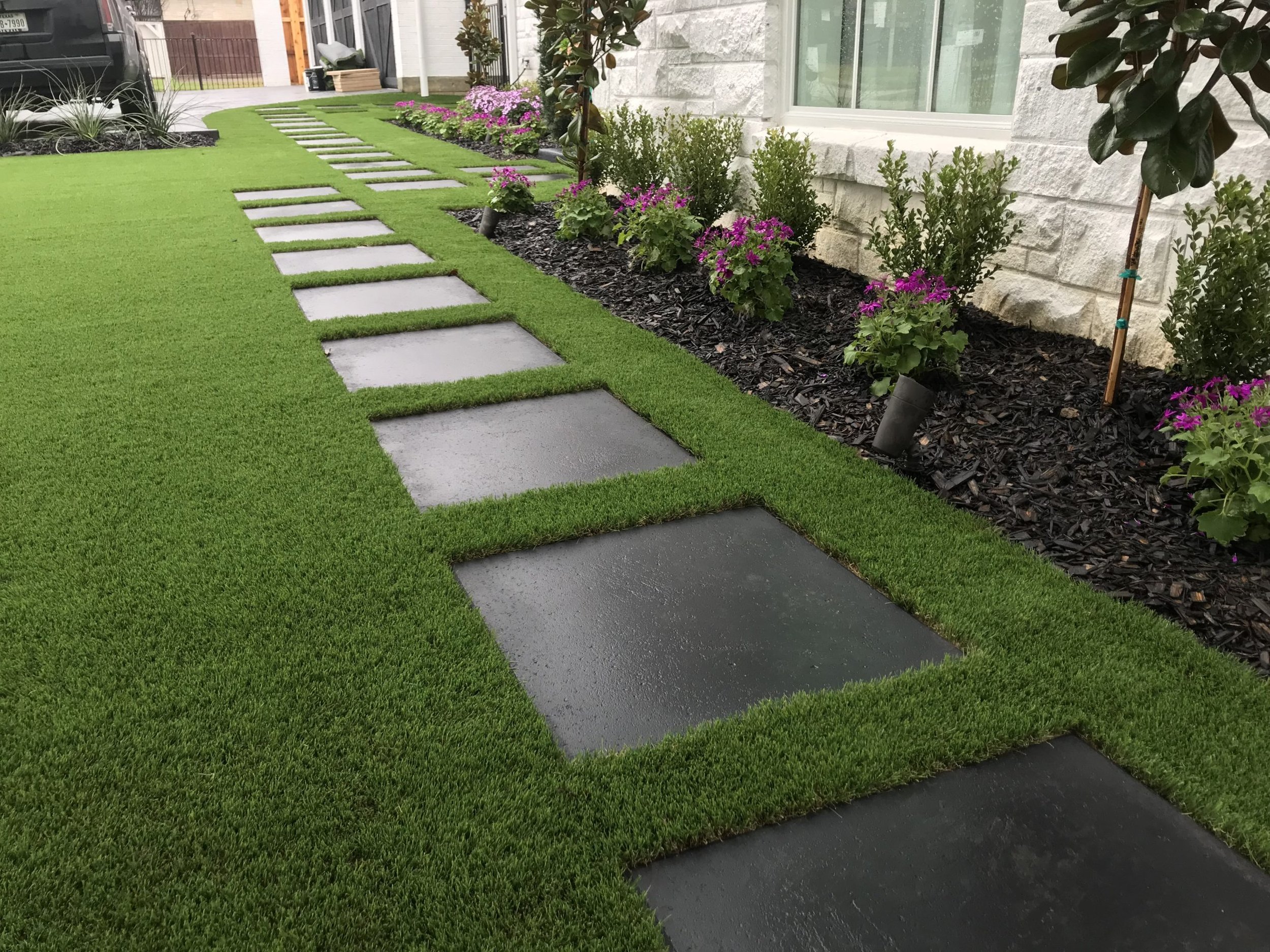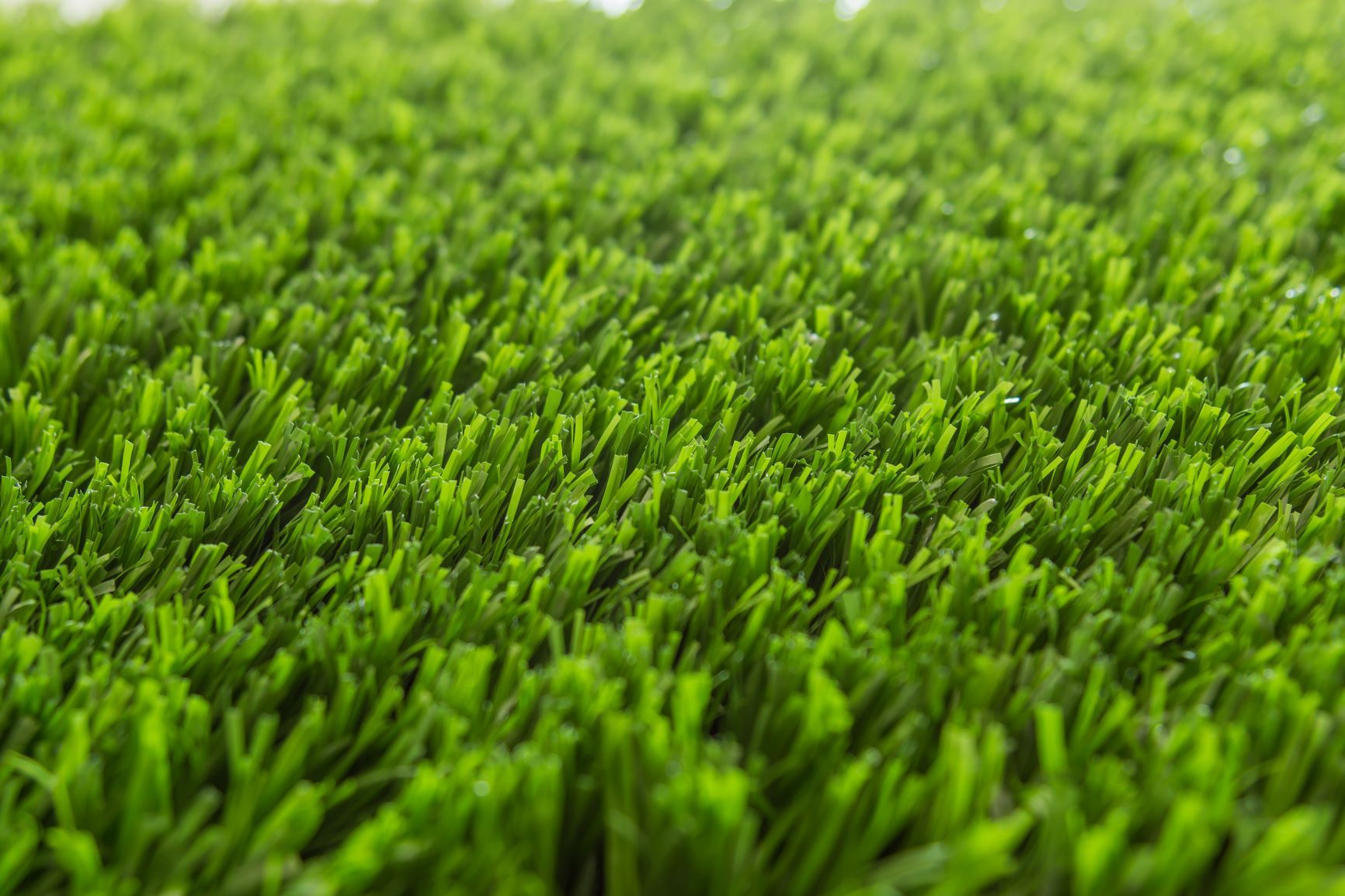See Why Homeowners Prefer Artificial Turf for Sustainable Landscaping Practices
As house owners significantly prioritize sustainability in landscape design, artificial grass has actually arised as a compelling option to conventional turf. What continues to be to be explored is the complete range of advantages that synthetic lawn can supply to property owners and the setting alike.
Water Preservation Advantages
One of the most considerable benefits of man-made lawn is its duty in water conservation. In contrast, synthetic grass removes this demand completely, as it does not need irrigation.
In addition, the installment of artificial grass can contribute to a much more lasting landscape. Property owners can significantly lower their water expenses, enabling reallocation of sources to various other environmental initiatives or home uses. Additionally, artificial turf is designed to endure different climatic conditions without the need for additional watering, making it a suitable option for regions encountering water shortage.
The environmental advantages extend beyond prompt water savings. By reducing water intake, man-made turf assists to mitigate the impacts of environment change, maintaining crucial environments that are threatened by too much water extraction. As lasting landscape design methods gain grip, synthetic lawn emerges as a liable choice for property owners looking for to produce environmentally friendly exterior spaces.
Lowered Maintenance Efforts
Synthetic turf significantly minimizes upkeep efforts contrasted to typical turf yards. With synthetic grass, property owners can remove the time-consuming tasks linked with natural landscaping, such as mowing, fertilizing, and weeding. This not just conserves important time yet also decreases physical labor, making yard treatment available for individuals of all ages.
One of the most remarkable advantages is the absence of regular mowing. Standard grass need constant trimming to keep a visually pleasing elevation, whereas fabricated lawn continues to be consistently lush without the demand for cutting. In addition, homeowners no more need to apply fertilizers or chemicals, which are often required to maintain all-natural yard healthy and balanced. This change not only lightens the workload but also advertises a neater, a lot more consistent look year-round.
Moreover, synthetic grass is long lasting and resilient, requiring very little upkeep past occasional brushing and washing to eliminate particles. This simplicity of upkeep enables property owners to appreciate their exterior spaces without the constant worry of maintenance, offering even more time for leisure and family members activities. Ultimately, the reduced upkeep initiatives related to synthetic grass make it an appealing choice for those looking for a low-maintenance, visually appealing landscape.

Ecological Effect Decrease
There is a growing acknowledgment of the environmental benefits connected with artificial turf, specifically in terms of water preservation and decreased chemical use. Standard lawns call for substantial amounts of water, especially in drought-prone areas, resulting in increased stress on neighborhood water sources. On the other hand, synthetic turf eliminates the need for watering, considerably lowering water consumption and promoting sustainability.
Additionally, traditional lawn upkeep frequently includes the application of herbicides, chemicals, and fertilizers, which can add to dirt and water air pollution. Artificial turf minimizes this environmental hazard by needing marginal maintenance and practically getting rid of the requirement for damaging chemicals. This not only improves dirt health and wellness however additionally shields neighborhood communities from hazardous overflow.
Furthermore, the manufacturing of natural turf lawns commonly entails making use of fossil gas for trimming and landscape design devices, more adding to greenhouse gas internet exhausts. By selecting man-made grass, house owners can dramatically reduce their carbon footprint related to grass treatment activities.
Aesthetic Appeal and Flexibility
In addition to its ecological advantages, synthetic grass offers substantial visual appeal and convenience for landscape design. House owners can achieve a lush, environment-friendly look year-round, getting rid of the seasonal changes typically related to all-natural yard. This constant visual not just improves the aesthetic allure of a property however also contributes to a sleek get redirected here and properly maintained appearance.
Moreover, synthetic lawn is available in a range of structures, shades, and styles, enabling modification to suit private choices and style styles - Artificial turf companies phoenix. Whether used in domestic gardens, business areas, or recreational areas, it can perfectly integrate into varied landscape design styles, from contemporary minimalist to lush exotic setups
The adaptability of synthetic grass prolongs beyond mere look; it can be mounted in numerous areas, consisting of roofs, outdoor patios, and even indoor spaces, producing possibilities for unique landscape design solutions. Additionally, it is suitable for a variety of activities, from kids's backyard to pet-friendly atmospheres, giving functionality without compromising design.
Ultimately, the aesthetic charm and convenience of synthetic grass make it an eye-catching choice for home owners looking for sustainable landscaping options that do not compromise charm for environmental responsibility.

Long-Term Cost Savings
One of the most engaging advantages of synthetic grass is its possibility for long-term cost savings. Unlike natural lawn, which requires routine upkeep-- consisting of mowing, watering, fertilizing, and insect control-- man-made lawn considerably minimizes these recurring costs.
Furthermore, man-made grass has a life-span of 15 to 25 years, depending on its quality and use. This durability reduces substitute prices, making it a more cost-effective choice over time. The preliminary investment in man-made lawn can often be recovered with the cost savings built up over time.
While the ahead of time expense may seem higher compared to turf installation, the cumulative savings from reduced upkeep and water use commonly exceed these preliminary expenditures. Inevitably, the adoption of synthetic grass not just promotes a sustainable landscaping solution yet likewise provides homeowners a financially wise choice that aligns with long-lasting budgeting goals.
Final Thought
Man-made lawn emerges as a compelling choice for lasting landscape design, offering significant advantages in water conservation, decreased maintenance initiatives, and reduced ecological influence. As areas increasingly prioritize ecologically friendly methods, the adoption of man-made grass stands for a progressive step toward accomplishing durable and sustainable landscapes.
Furthermore, man-made grass is created to hold up against different climatic conditions without the requirement for this contact form extra watering, making it a perfect choice for areas encountering water deficiency. (Phoenix turf companies)

Artificial turf emerges as a compelling alternative for sustainable landscaping, providing considerable benefits in water conservation, reduced upkeep efforts, and lessened ecological impact.